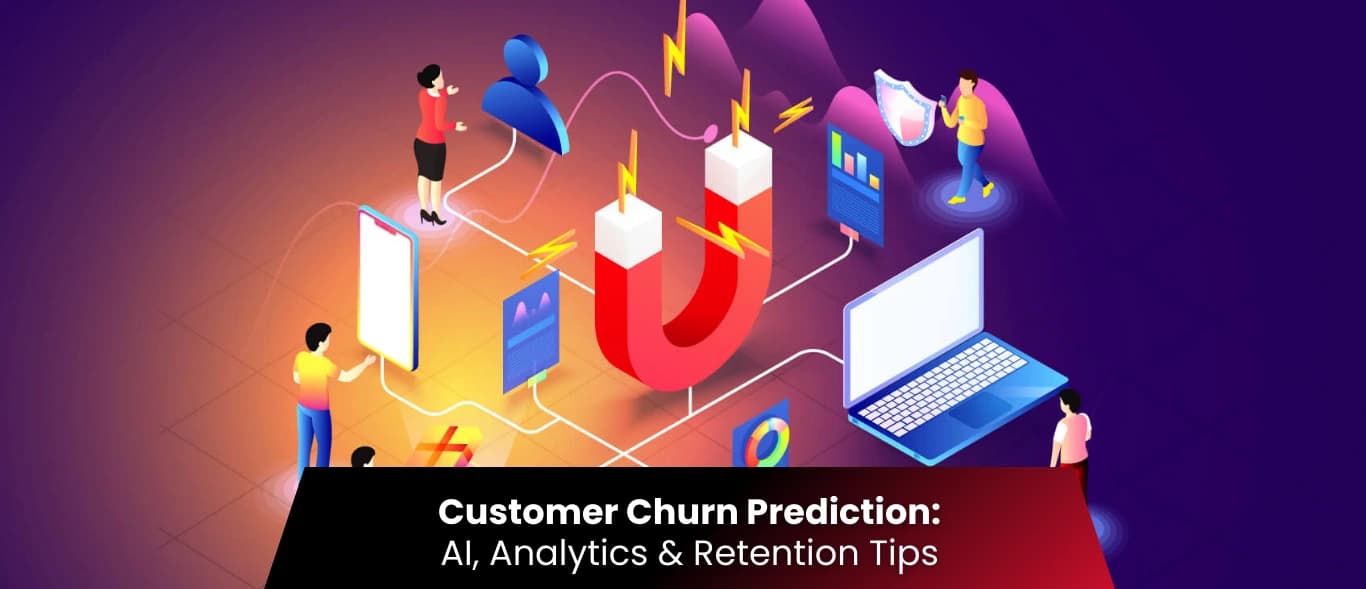If you are like most marketing managers, your top priority is to generate more revenue with your marketing spend. Perhaps your performance is measured on it. In effect, you are expected to invent the perpetual machine that takes no input but generates infinite output, or so it seems.
Most companies today use email as the primary way to communicate their marketing messages to customers. Yet the response rates are so low that the gut reaction to poor email responses to your email marketing program is to increase the email frequency to improve the number of responders.
However, this leads the customers to perceive your messages as an irritant if not spam. Even if you are not flagged as a spammer or an irritant, your message's value is likely diluted, creating a long-term loss of brand value. Is there anything that an organization with a modest budget can do to improve response rates without barraging its customers with unwanted emails?
Fortunately, there is a way to engage your customers without bombarding them with emails and yet improve your email marketing response rates.
Let us look at how you can segment your customers to determine whom you want to communicate with.
Broadly speaking, there are four different types of customer categories:
- The persuadable
- The sure bets
- The lost causes
- The “Do not Disturb”
The persuadable are those who are likely to be seeking a product or service and are familiar with your brand and aware of your offerings. These customers are likely to welcome your email because it solves a problem they are trying to solve. Perhaps they are interested in buying a product you are offering, so your email seems well-timed. Here, the need is met just in time, or there is an untapped desire, unspent disposable income that you can access by sending the right message at the right time to the right person. The persuadable are also the customers who will spend more if targeted.
The sure bets are those customers who are very familiar with your brand and offering. These customers may buy regardless of whether they receive an email/catalog/SMS/coupon. You may potentially waste your money by sending them emails, or better still, reduce the profitable revenue generated by your marketing program by offering them coupons. This is preaching to the choir.
The lost causes are those who are unlikely to respond to marketing messages, as they are either not interested in buying or have already been won over by your competition. Sending them emails may be fruitless, and you are better off trying to reach them elsewhere.
The Do Not Disturb: The fourth category of customers is those who are likely to be loyal customers but who don’t want to be disturbed by frequent emails. Sending them emails is expected to turn them off. You can lose a good customer due to poor marketing. Generally, these customers feel slighted that you don’t know them and get put off by your marketing emails. This is a risk you can’t afford to take, as it would mean losing a good but infrequent customer who buys a lot whenever they get to your store or website.
The question you must be asking by now is: Is all this good? But how do I segment my customers into these four categories? I will get to the process of effective segmentation later. First, let us look at the historical and current situation.
Historically, experienced marketing managers have developed intuition based on observing their customers' behavior.
- When did they last buy?
- How frequently do they buy?
- How much do they buy?
The trade term for this formula or expertise is called RFM (Recency, frequency, and monetary value. For years, this has been a mechanism for segmenting customers by these three dimensions and targeting them with marketing messages. But this technique has been overused. Along with this, the avenues for buying have increased significantly. Besides retail stores, there are now e-commerce sites and mobile apps where the buyer can exercise the right to buy. They can buy in their bedroom late at night, in their pajamas, or buy while they are riding a car during their daily commute. So the customer is getting empowered to buy anything, anywhere, anytime.
The advertising influences on a customer are increasing multifold. Google search, ratings and reviews, and friends bragging on social media about what a great deal they got are routine. So, what has your marketing really worked? What can you attribute the sale to? This is the holy grail of marketing today. My point is that just a three-dimensional analysis of customers doesn’t give enough insight into their buying behavior. Obviously, a better way to analyze customer behavior is needed.
Over the years, direct marketing companies have used predictive modeling to create multiple customer segments based on a large number of variables likely to influence buying behavior. Obviously, you couldn’t mail the catalog to everyone in the country, as it costs real money to get it into customers' hands. Even if it costs $0.50 per catalog to send a 50-page catalog to a customer, the numbers quickly add up when you mail the whole population multiple times a year. Hence, there is a need to improve targeting.
Marketing managers have developed deep expertise to increase the return on investment from marketing dollars. In direct marketing, predictive modeling is used to calculate a purchase propensity score (the probability of purchase multiplied by the amount of money the customer is likely to spend) for each customer. This gives a sense of the campaign's success before any mailing is sent. This technique has not been applied to email marketing, primarily due to the cost of modeling and scoring customers. There is also a notion that it costs very little (at least relatively!) to send an email blast, so I might as well send it to every one of my customers.
Both the cost of the modeling and the almost negligible cost of emailing have kept this approach from being used for email modeling.
However, our experience over the last few years has been quite the opposite. Typically, most companies are happy if they get a 1%-2.5% response rate to their email marketing. But using the approach I am about to outline, we have experienced response rates in the 12-15% range. Initially, when we reviewed the numbers, we didn’t buy them, but as the rates kept coming up, it became clear we were on to something.
In the next few posts, I will attempt to articulate this approach and look forward to your feedback. What we will try to learn together are the issues involved and how to overcome these to attain the marketing nirvana of “sending the right message to the right customer at the right time based on their moods, likings, buying stage, and buying behavior”. Stay tuned.


